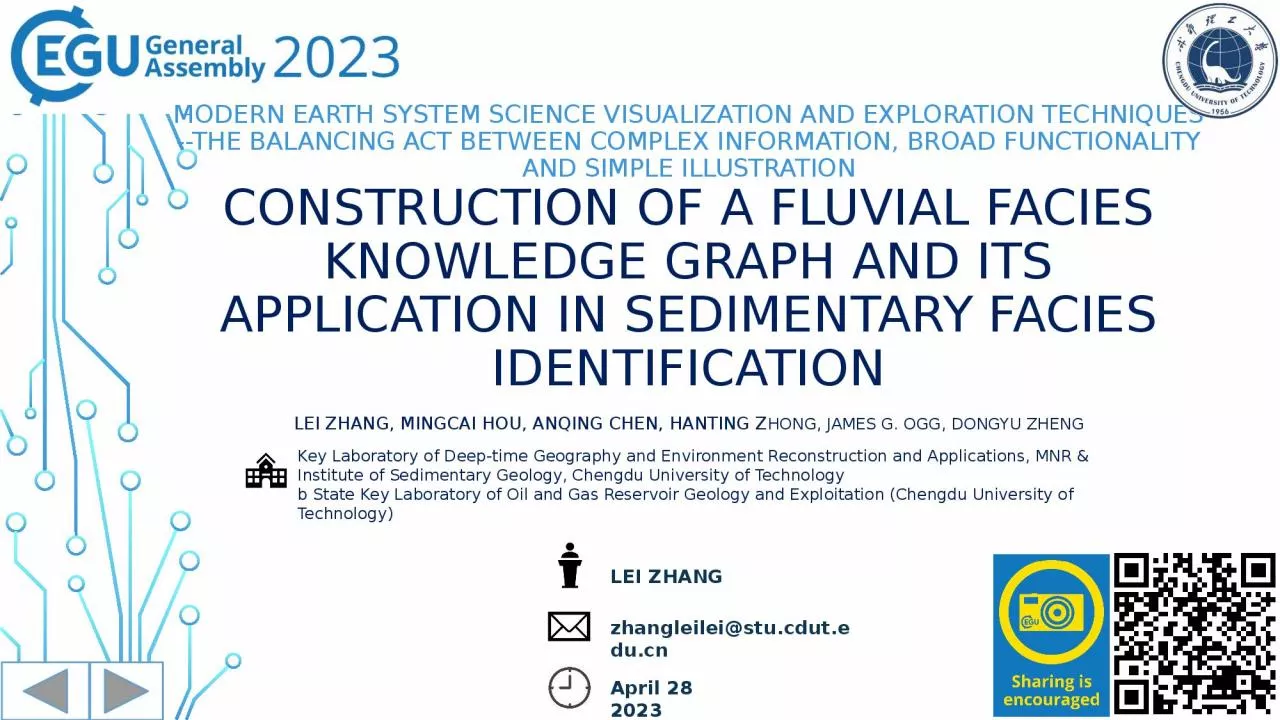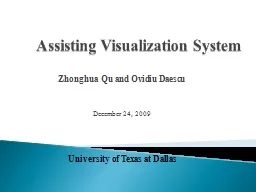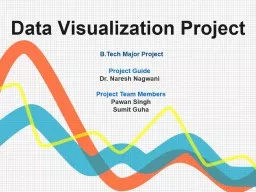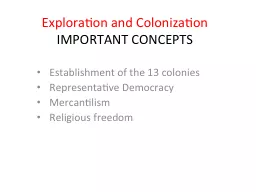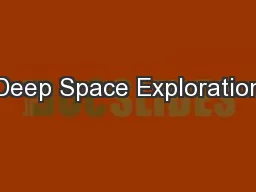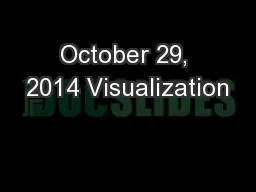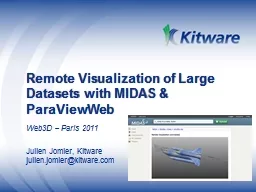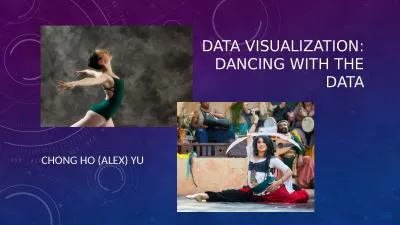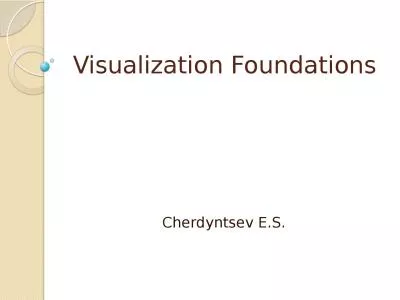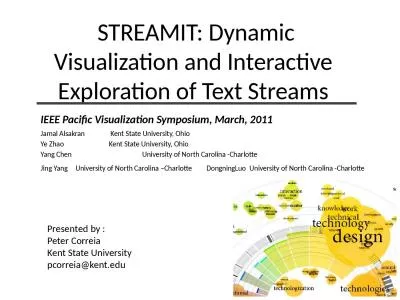PPT-Modern Earth system science visualization and exploration techniques
Author : martin | Published Date : 2024-03-13
the balancing act between complex information broad functionality and simple illustration Construction of a fluvial facies knowledge graph and its application in
Presentation Embed Code
Download Presentation
Download Presentation The PPT/PDF document "Modern Earth system science visualizatio..." is the property of its rightful owner. Permission is granted to download and print the materials on this website for personal, non-commercial use only, and to display it on your personal computer provided you do not modify the materials and that you retain all copyright notices contained in the materials. By downloading content from our website, you accept the terms of this agreement.
Modern Earth system science visualization and exploration techniques: Transcript
Download Rules Of Document
"Modern Earth system science visualization and exploration techniques"The content belongs to its owner. You may download and print it for personal use, without modification, and keep all copyright notices. By downloading, you agree to these terms.
Related Documents

